- Clogs are most commonly formed when formula remains within the device after feeding (not following recommended flushing procedures) and when medicines are not properly dissolved before being delivered through the tube. Always be sure to follow recommendations for proper flushing.
- You can help prevent clogs by following these recommended flushing procedures:
- Flush the feeding tube with water every 4-6 hours during continuous feeding, anytime the feeding is interrupted, before and after every intermittent feeding, or at least every 8 hours if the tube is not being used.
- Always flush the feeding tube before and after giving food and medication (3-10 ml for children, 10-20 ml for adults, or an amount recommended by your healthcare provider).
- CAUTION: Do not use a syringe less than 30 ml, as smaller syringes (such as 10 ml) can create high pressure very quickly and may negatively impact the device.
- Another way to help prevent clogs is to avoid delivering medicine and formula at the same time. Do NOT mix medicines with formula while feeding. Always give medicines one at a time and clean the feed set immediately after use with proper flushing. Try to obtain your medicine as a liquid, instead of as a tablet or capsule, when possible. If a prescribed medication is only available as a tablet or capsule, check with a pharmacist or doctor to see if it is safe to crush the medicine. If safe, medication should be crushed as fine as possible (into powder form) and dissolved into water before administering through the device.
- Do NOT place any objects except the feed set or the blue stiffener into the feeding port of the G-Tube. Inserting foreign objects into the feeding port could damage the G-Tube and negatively impact device performance.
- If the formula or water does not flow into the tube quickly, there may be a clog. Refer to the FAQ, “I think the MiniONE® Button has a clog; what should I do?” for more information.
© 2024 Applied Medical Technology, Inc. All Rights Reserved. Do Not Sell My Personal Information
Built with in Brecksville, Ohio
